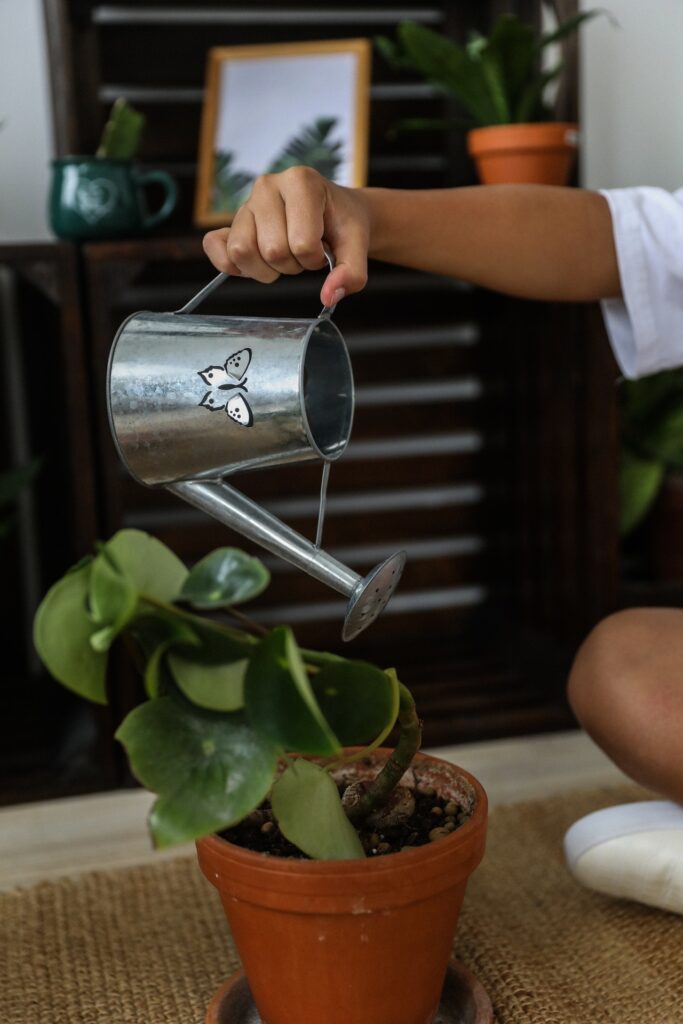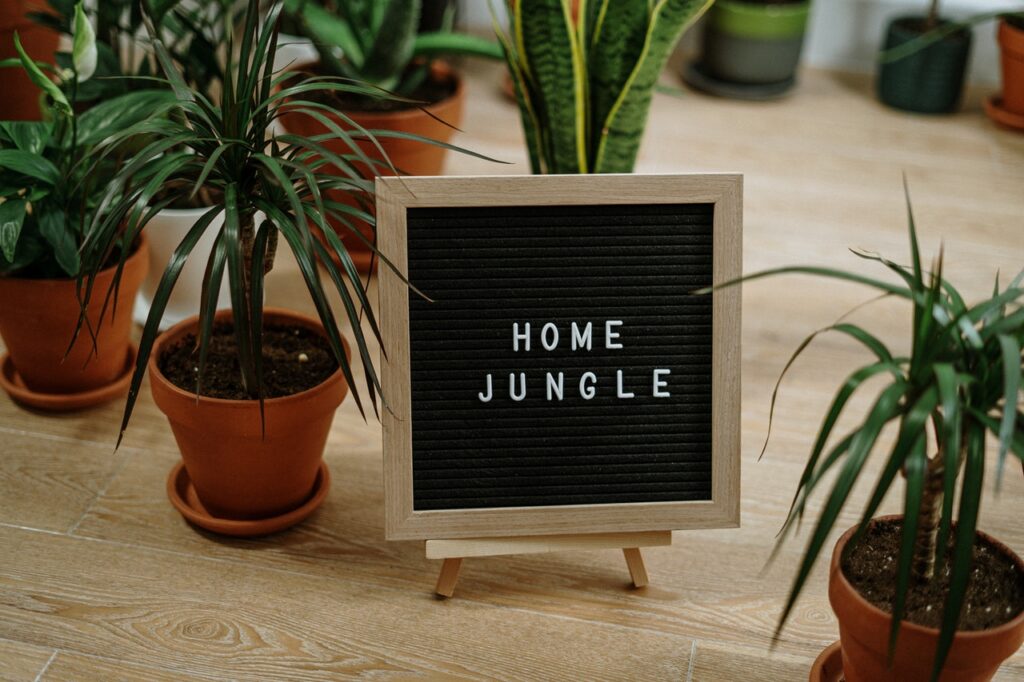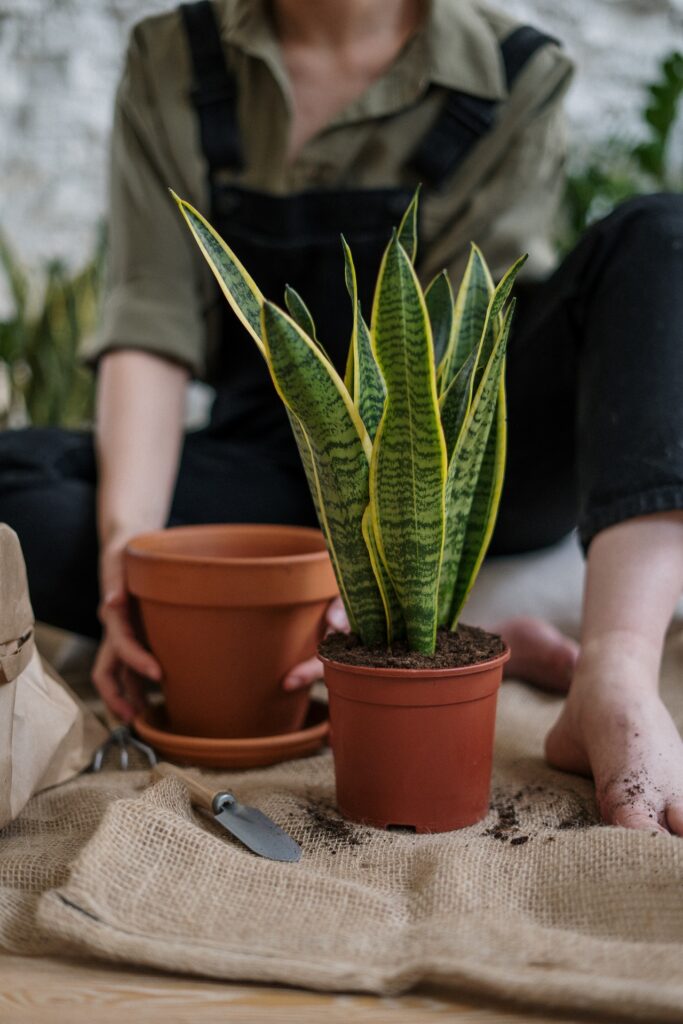
Gardening and caring for plants outdoors is a beloved past time for us Brits. For many, this wholesome hobby provides comfort, routine and even a boost to our health and wellbeing. But where do all these keen gardeners find solace and soothing in the winter months? Or, for those who don’t have their own garden – what does it take to successfully bring plants into your home and care for them?
Luckily, indoor plants can bring just as much joy as a garden. If you’re wondering how to bring the outdoors in for winter, then here’s the IDEAL guide to indoor plant care.
BRINGING THE GARDEN INDOORS
Lockdown has seen sales (and hopefully, the keeping alive) of indoor plants rise exponentially. Indeed, back in October, it was reported that sales of some indoor plants had risen by as much as 500%.
No longer are flowers strictly for outdoor flowerbeds, vegetables for greenhouses, or trees for gardens. You can grow almost anything in your home if you have the space, time, and desire to do so, and right now, we’ve definitely got the last two in abundance. Fortunately, indoor plants don’t always require loads of space, either.
There are actually many benefits of bringing the outside in, too. Studies have suggested that plants in the home improve mood and reduce stress levels, and can increase focus and concentration by 15%. With so many of us currently working from home, that’s certainly not an improvement to be sniffed at!

FIND THE RIGHT TYPE OF INDOOR PLANT
As we have previously mentioned, almost all plants can grow indoors – if they are given the right soil, water, and light conditions, that is.
If you are looking for something super easy to care for without too much fuss or risk, then succulents are best. Plants like the money tree and snake plant are absolute home-grown heroes, and are perfect for bringing the garden indoors in a low maintenance way; should you forget to water a succulent for a little while, it won’t suddenly go into terminal decline. Ideal for beginners, make no mistake.
Other plants recommended to beginners or people wanting something easy to look after include Swiss cheese plants, cacti or spider plants. At the other end of the scale, plants like orchids, elephant’s ear and Boston ferns require far more attention, but are worth the effort for the aesthetic splendour they bring into the home. With these plants, it’s far more important to understand their unique watering schedule and light requirements, and to follow these to the letter.
PESTS
Even if you dote on your plants, pest infestation is something you can’t escape. And the more you care for your plants, the more you might notice their propensity to house unwelcome guests. Identifying the pest from the onset and nipping the issue in the bud can be quite difficult. Usually, by the time things are visible, the rate of infestation may have spiked. Not to worry, check our our guide on 6 IDEAL ways to deal with indoor plant pests.

LIGHT AND WATER
Keeping plants alive indoors is hard. All too often we’ve seen our lush green plants turn into brown, crunchy sorry states – even if we have done our darnedest to care for them. As you likely know, most plants need sunlight and water to grow, thrive and survive. Without these elements, your plants will wither and fade. However, getting the balance of the right amount of light and water is integral.
Let’s talk about sunlight first. While all plants need some degree of natural light for photosynthesis, some require far more than others. Snake plants and other succulents love direct sunlight and will happily grow on a windowsill ad finitum. Others, however, such as popular Chinese evergreens, will scorch and burn when left in direct sunlight for too long.
On the flip side, plants such as aspidistras or ivies can thrive in shady corners while never receiving direct sunlight.
This means you can have healthy green plants in all corners of your house, so long as you understand which plants require which location. It is a similar story when it comes to watering plants properly. Some species love moisture and humidity; others can go long periods of time without watering and be completely fine.
A general rule of thumb tends to be that those plants which love direct sunlight can also tolerate more water. Plants which can survive in shady corners of the room only need watering once a week or so. Bear in mind that no plant appreciates being overwatered, especially in the winter when the growing season is over. Check the topsoil for moisture to assess whether your plant appears to be thirsty or not; simply put your finger into the earth and if it’s dry, give it a little love.
That means water, by the way.

REPOTTING
Throughout spring and summer, your plants will grow. It’s important to understand that indoor plants grown in pots can quickly outgrow their homes. Therefore, repotting plants at the right time is essential for continued growth and health.
If the roots are growing out of the bottom of the pot or are filling the majority of it, if your plant is top heavy and leaning, or if your plant is growing slower than expected, then it’s time to re-pot.
It’s imperative to keep alert to these signs, since allowing this condition to go on too long will cause the plant to cease growing as its roots struggle.
To re-pot, gently tip the plant out of its pot whilst supporting it. Place it into a larger pot, half-filled with soil. Then, pack more soil around the roots until the plant is stable. Now your plant is ready for another growing season or two. Rejoice!
THE BOTTOM LINE
If ever there was ever a time when we needed to bring the outside in, it’s now. Months of government imposed domestic downtime await, and houseplants might just be the greatest tool in your arsenal to keep you grounded and connected with nature.
If you’re keen for more tips, here’s a really handy guide on how to keep your houseplants alive for longer.





